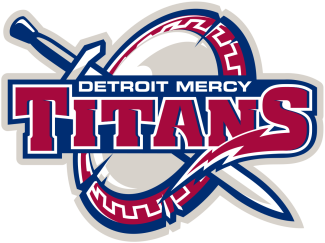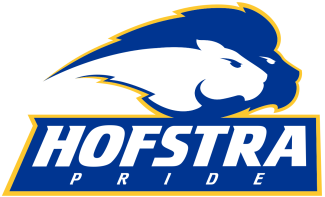S is for Chris Sabia.
The big name on the Penn State, the senior is one of several Philadelphia-area players who will enjoy a homecoming this weekend with the Nittany Lions. Sabia has started all 62 games in his career and earned the Big Ten’s defensive player of the year honors.
T is for Lars Tiffany and Jeff Tambroni.
Two coaches familiar with Memorial Day weekend who are making their first appearance in the semifinals with a second school. Tambroni, the Penn State coach, guided Cornell to the season’s final weekend in 2007, 2009 and 2010, while Tiffany led Brown to the semis in 2016 before leaving for Virginia the following summer. They join Dave Cottle (Loyola and Maryland), Tony Seaman (Penn, Johns Hopkins and Towson) and Bill Tierney (Princeton and Denver) as the only coaches in the championship weekend era (since 1986) to lead multiple schools to the semifinals.
U is for Turner Uppgren.
The Duke goalie played sparingly his first three seasons in Durham, but has emerged as a capable stopper for the Blue Devils as a senior (he plans to return next year as a graduate student). Uppgren owns a 9.50 goals-against average and a .507 save percentage and he made 12 saves while allowing just seven goals in Duke’s first meeting with Virginia on April 13.
V is for Virginia.
The Cavaliers (15-3) are the tournament’s No. 3 seed and are appearing in their 23rd semifinal but their first since 2011. Now in their 39th NCAA tournament, Virginia has won the event five times (1972, 1999, 2003, 2006 and 2011) and enters the weekend with the country’s No. 6 offense (14.22 goals per game). The Cavaliers reached the semifinals with defeats of Robert Morris (19-10) and Maryland (13-12).
W is for Cole Willard.
The sophomore provides as good a reminder as anyone of just how deep Penn State is this season. Willard scored two goals in a reserve role in the Nittany Lions’ defeat of Loyola in the quarterfinals and is now shooting 13 of 24 (54.2 percent). He is one of nine Penn State players with at least 10 goals this season.
X for the X.
Or the dot. Or whatever you want to call it. Regardless, it could have outsized importance on the weekend. Three of the semifinalists have top-20 faceoff men — Yale’s TD Ierlan (1st/.761), Penn State’s Gerard Arceri (10th/.632) and Virginia’s Petey LaSalla (18th/.604) — while Duke has leaned heavily on Joe Stein during its tournament run. Stein attempted just six draws in the regular season, but is 24 of 42 the last two weekends.
Y is for Yale.
The fifth-seeded Bulldogs (14-3) have reached the semifinals for the third time while making their 10th NCAA tournament appearance. Yale also appeared in the final four in 1990 and 2018, and last year won the program’s first NCAA title. Andy Shay’s team reached Philadelphia without having to leave Connecticut, defeating Georgetown (19-16) at home in the first round and Penn (19-18) in overtime in East Hartford in the quarterfinals.
Z is for Kyle Zawadzki.
It wouldn’t be a final four without a Zawadzki on one of the rosters. Christian Zawadzki was part of four consecutive Maryland teams to reach the semifinals between 2015 and 2018. Younger brother Kyle will maintain the family tradition as a freshman attackman for Yale. He has a goal and an assist in seven games for the Bulldogs.


























































